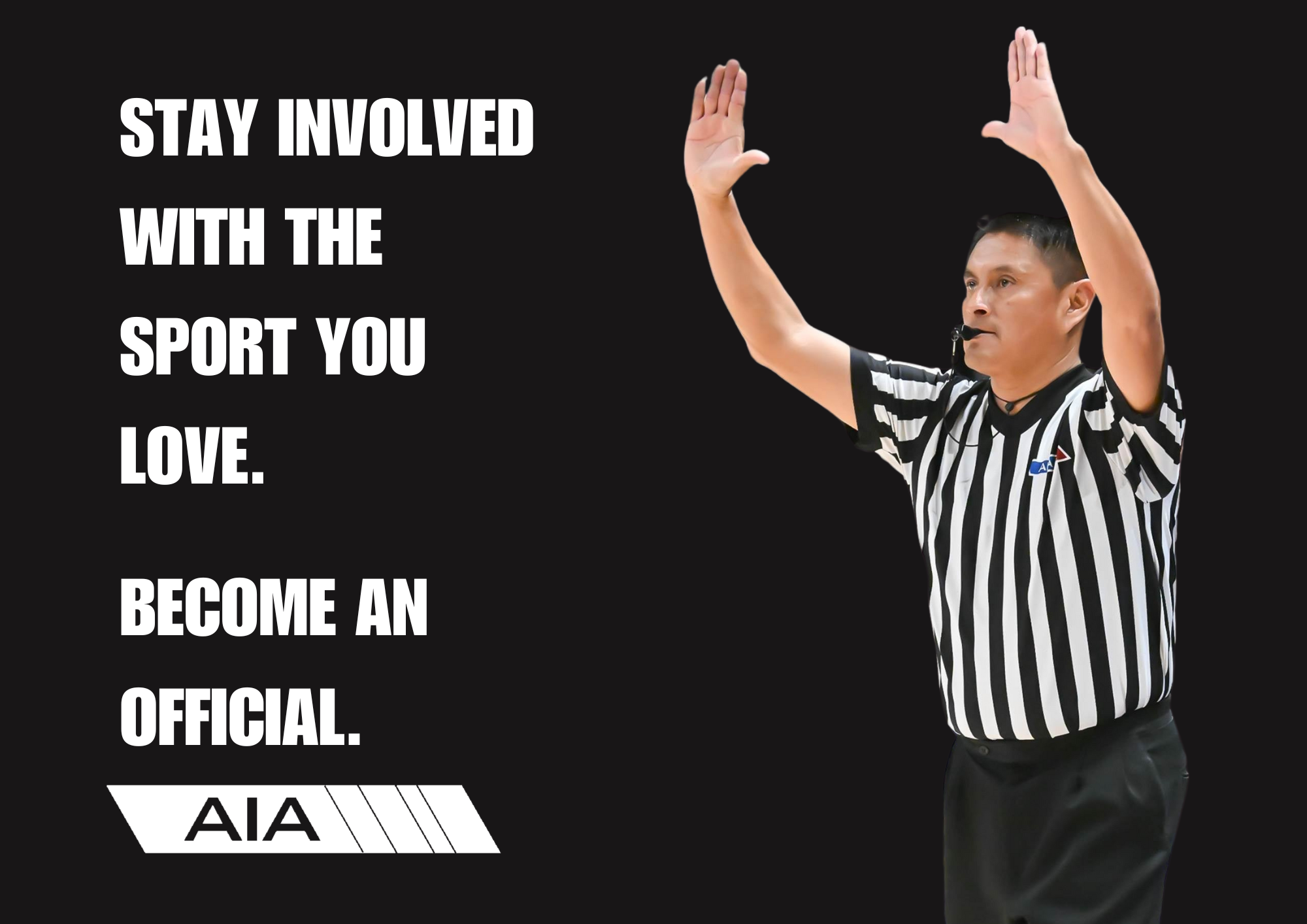Lake Havasu volleyball player overcomes hearing challenges
October 10, 2013 by Don Ketchum, AZPreps365
One of the great things about this job is getting to talk to athletes from around the state and show what makes them successful, the challenges they overcome and learning about their dreams.
Before I am finished writing this, I already know that Taylor Yost will be one of the most memorable in this school year, or any year, for that matter.
She is a senior at Lake Havasu High and plays on the volleyball and basketball teams.
What makes her story significant is the fact that she was born deaf and uses a cochlear implant that magnifies sound and essentially allows her to hear.
At 5-feet-8 inches, Taylor doesn’t tower over her opponents and is not a kill machine, but has a very important role. She is the setter, giving her teammates the ball where they can do the damage and has an uncanny sense of what to do at virtually any moment.
Awareness is heightened
Taylor was born in Lake Havasu, lived in Virginia and then returned to Lake Havasu around the age of 7.
Lake Havasu coach Marsha Becker recalled first meeting Taylor in the seventh grade.
“She made the middle-school team and I remember thinking she was so athletic,’’ Becker said. “We held a middle-school camp, and I was able to interact with her and coach her.
“I remember thinking this kid is so coachable, she’s going to be good and I didn’t feel like her cochlear implant was a barrier.
“With Taylor, it’s almost like her awareness of situations around her is heightened. She can’t always rely on hearing the little things like other players, but it’s made her better because she can read the situation differently.’’
Having the implant and a separate one for sports has pretty much been second nature for Taylor. She said she did not hear until she was 3 ½.
She makes sure she communicates properly with her teammates, especially during matches. Lake Havasu was 12-6 through Wednesday night’s (Oct. 9) play and entered this week at No. 14 on the Division II power-points list.
Because one of Taylor’s implants was being repaired, Becker and I thought a good way to communicate with her would be through e-mail. I provided a list of questions.
Reading lips helps on floor, in school
“In a game when the gym is loud, I really can’t hear at all so I rely on my reading lips and communicating with my teammates with them giving me the sign of what number set they want to hit,’’ Taylor said. “Of course, a lot of us have been playing together since we were 11 so everyone is familiar with this.’’
Taylor enjoys her role as setter.
“I love to be the one touching the ball every second touch of the game,’’ she said.
In the classroom, she hears about 90 percent with the implant, “but I still read lips along with my hearing to help me understand everything that is going on.’’
With a grade-point average of 3.6, Taylor understands pretty well. She would like to study sports medicine and become a physical therapist some day. She hopes to attend Northern Arizona University in Flagstaff or Grand Canyon University in Phoenix.
She often completes her homework on the bus while riding to and from road matches, and sometimes works at home late at night.
Taylor learned sign language for about a year, but then stopped when she received her implant.
“We stopped “signing’’ altogether to give me a better chance to use my hearing and get used to it. My mom says I picked it up so quickly that I was better than her. Of course, I read lips so well I really don’t need to sign . . . ha!’’ she said.
Small yet powerful device
Taylor said the cochlear implant has two parts: the part that is actually implanted is a small computer chip that is encased in something that has been baked at high pressure to seal it. This part has been implanted into a small part in her skull. It has 16 electrodes that are attached and these weave down into her cochlea and are attached to the specific hairs on the cochlea.
The second part is the external piece that is worn, like a hearing aid. This has a magnetic head piece that is attached to the actual processor that is worn behind the ear. There is a microphone on this earpiece that is the key to all sound. When the outside piece is on and the head piece is on, the internal and external pieces work together to stimulate (shock) the hair cells that then make the hearing nerves work and send the signal to the brain and back.
“Thus my hearing works,’’ she said. “This is the processor that I wear for everyday things and school. When I play sports, I have a body-worn processor that is attached to a belt I wear. It looks more like an insulin pump. It has a much longer cord that feeds up my back to my head. Very strong magnets make sure it is held in place.’’
That means she can watch TV and listen to music, just like anyone else.
“I use the CC (closed captioning) on the TV to help me fully understand what’s going on,’’ Taylor said. “This sometimes bugs my family but they have started just keeping the CC on and my mom ends up reading the CC instead of listening. It is addicting.’’
Paying it forward
She appreciates the love and support from teammates, coaches, family, friends and others in the community and tries to pay it forward when opportunities arise.
“I have actually spoken to a few families in town when the parents are trying to decide whether an implant is a good choice for their child,’’ she said. “I give the parents this advice: “Don’t let your hearing-impaired child be anything less than great. Push them as hard as you would any other child – it starts with the parents.
“To those kids in school who are struggling with any issue, don’t give up! Make yourself get up every day and persevere! You are someone who can make a difference. Don’t let anyone get you down.’’
Becker said when Taylor graduates, it will leave quite a void.
“She will be missed greatly, but I know she’ll move on to be a successful physical therapist,’’ Becker said.
“Whatever Taylor sets her mind to doling, she will accomplish!’’
Now you see why I like this job, being able to help tell stories such as this one.


